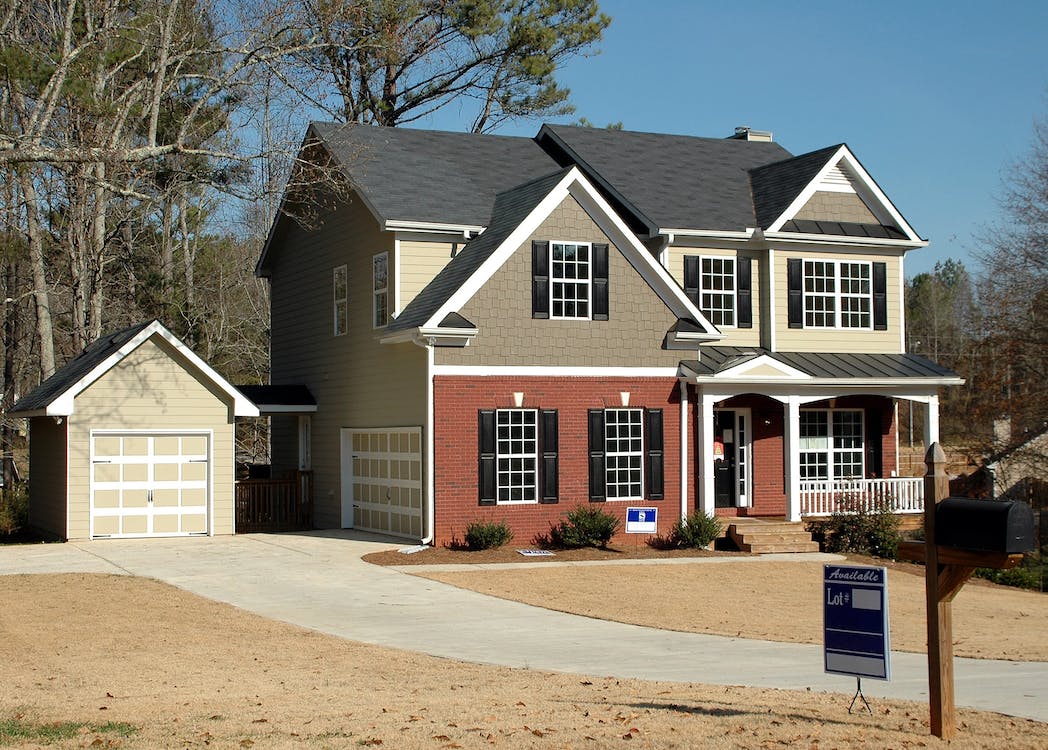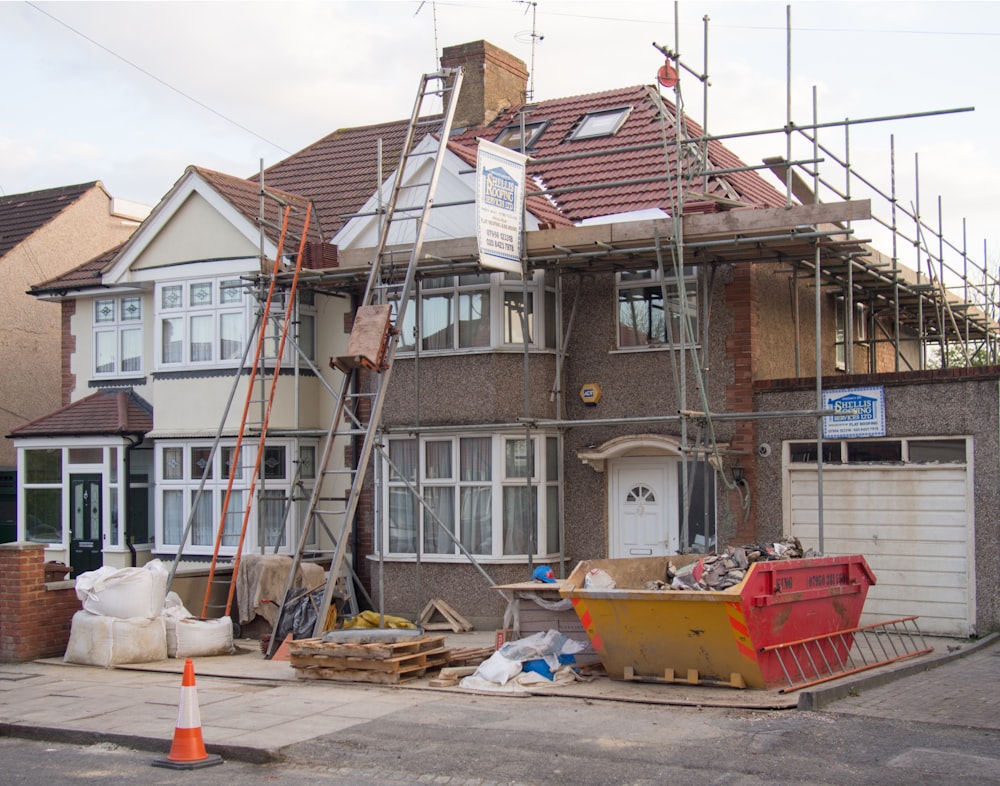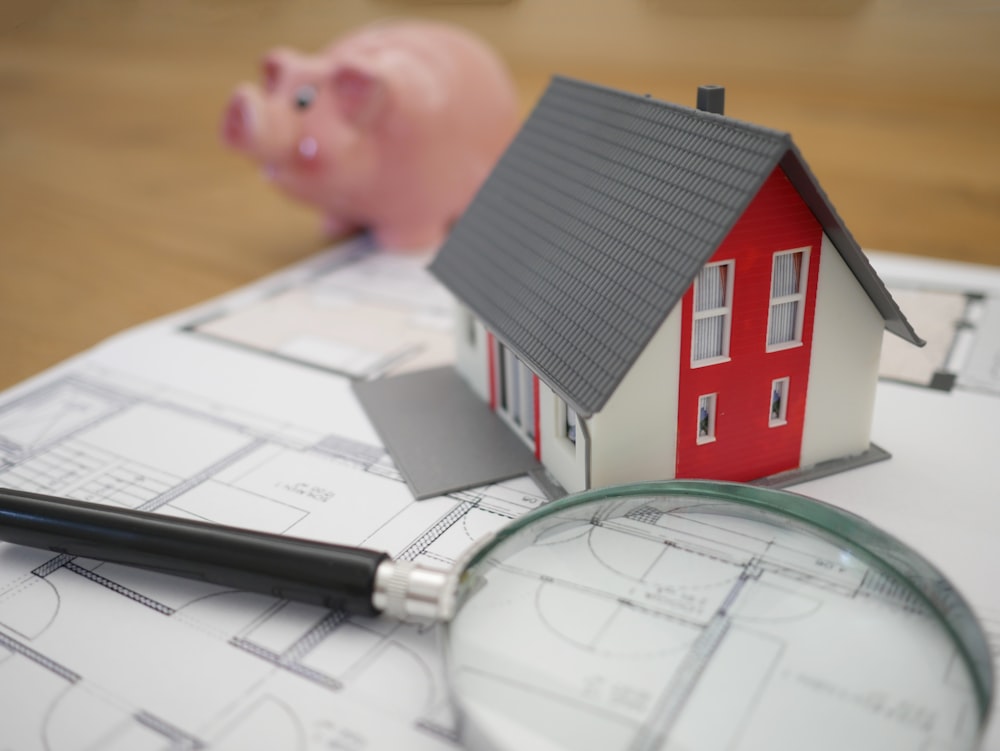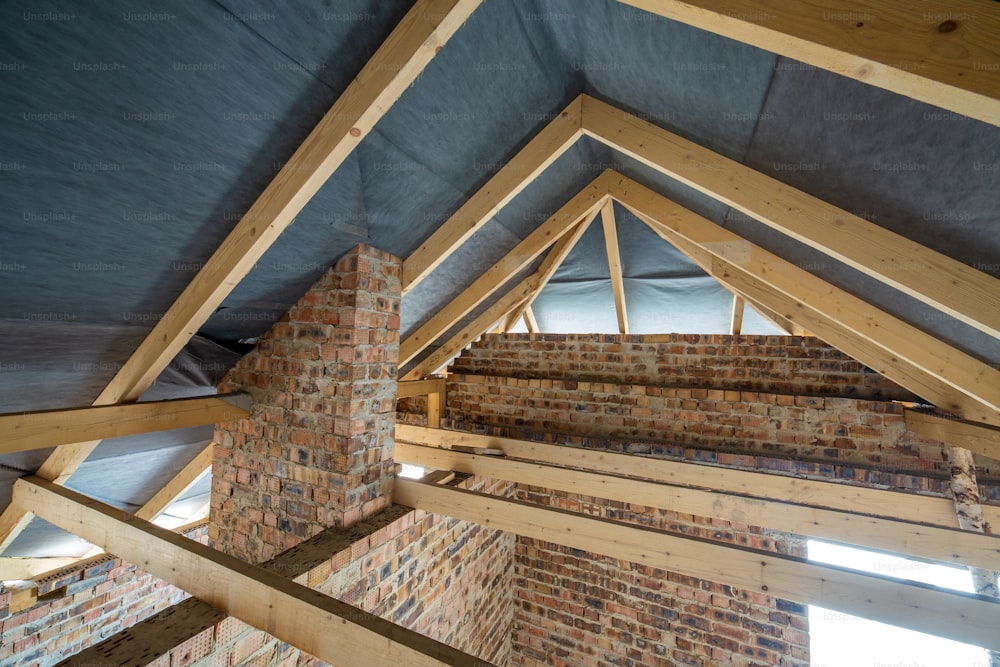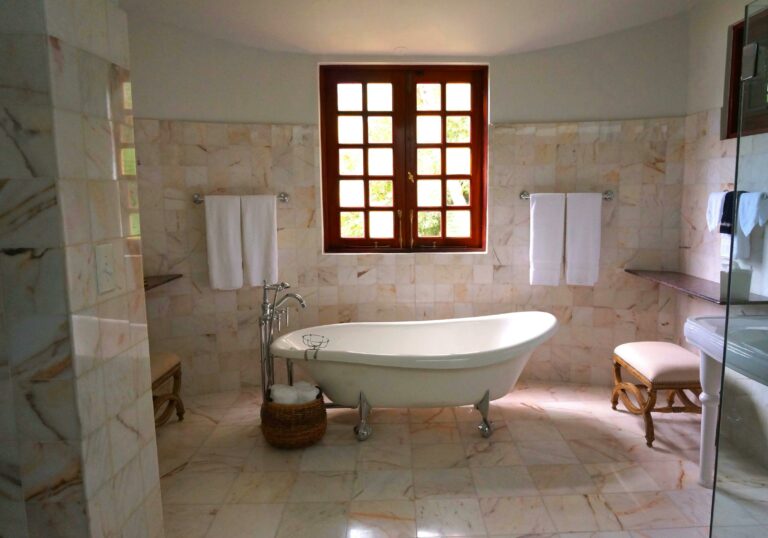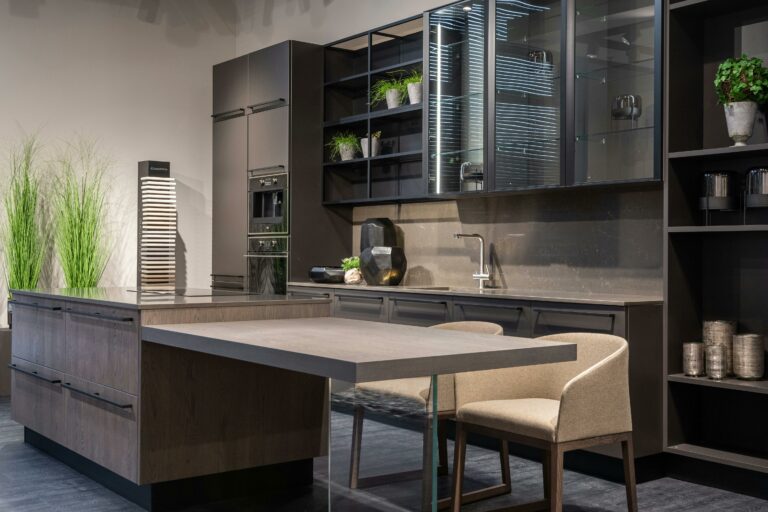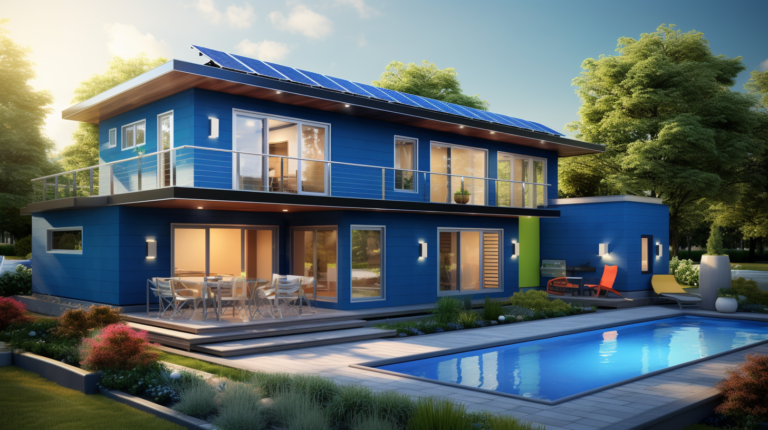Unlock Your Home’s Potential : Tips for Home Improvement in 2023
Welcome to the world of home improvement! Whether you’ve just moved into a new house or have been living in your current home for years, there’s no denying the transformative power of making improvements to your living space. From increasing your home’s value to creating a more comfortable and functional environment, home improvement projects can have a significant impact on your overall quality of life.
In this article, we will explore the many benefits of home improvement and provide you with valuable tips and insights to help you unlock your home’s true potential. Whether you’re considering a small-scale DIY project or a major renovation, we’ve got you covered. So, grab a cup of coffee, put on your favorite playlist, and let’s dive into the exciting world of home improvement!
From small upgrades to large remodels, there’s a home improvement project for every budget and lifestyle. So, let’s get started and discover how you can transform your house into the home of your dreams!
Table of Contents
Impact of Home Improvement on Home Value
When it comes to improving your home, it’s not just about creating a more comfortable and stylish living space. Home improvement projects can also have a significant impact on the value of your home. Whether you’re planning to sell your home in the near future or simply want to increase its worth, it’s essential to understand how home improvements can boost its value.
General Impact
According to a National Association of Realtors study, home improvement projects can increase the value of your home by an average of 10%. This means that by investing in the right upgrades, you can significantly add to the equity of your property.
Most Effective Projects for Value Increase
While any type of home improvement can potentially increase the value of your home, some projects have been proven to be more effective than others. Here are the most effective projects for boosting your home’s value:
- Kitchen Remodels: The heart of the home, the kitchen, is often a focal point for potential buyers. Upgrading your kitchen with modern appliances, countertops, and cabinetry can have a substantial impact on the value of your home.
- Bathroom Remodels: Bathrooms are the next important rooms buyers look at. Upgrading your bathrooms with new fixtures, tile work, and efficient plumbing can make a significant difference in your home’s value.
- Adding an Additional Bathroom: If you have the space and budget, adding an extra bathroom can be a game-changer. This additional convenience can make your home more appealing to potential buyers and increase its overall value.
It’s important to keep in mind that the effectiveness of these projects may vary depending on your location and market demand. Before deciding on any specific improvement, it’s a good idea to research the trends in your area and consult with local real estate professionals.
“Investing in a kitchen or bathroom remodel can have a significant impact on your home’s value. These are the rooms that homeowners and potential buyers focus on the most.”
Costs of Home Improvement Projects
When it comes to home improvement projects, one of the biggest factors that homeowners consider is the cost. Understanding the costs associated with different projects can help you plan your budget and prioritize your upgrades. Let’s take a closer look at the costs of common home improvement projects:
Cost Ranges
- Kitchen remodels: On average, kitchen remodels can cost around $25,000. However, costs can vary depending on factors such as the size of your kitchen, the extent of the renovation, and the materials you choose.
- Bathroom remodels: Bathroom remodels typically average around $15,000. Again, the specific costs can vary depending on the size of your bathroom, the scope of the project, and the fixtures and finishes you select.
- Additions: Adding extra space to your home, whether it’s a new bedroom, a home office, or a sunroom, can range from $50,000 to $200,000 or more. The costs will depend on the size of the addition, the complexity of the construction, and the quality of materials used.
- Landscaping: The cost of landscaping projects can vary greatly depending on the size of your yard and the materials you choose. A basic landscaping makeover can start around $3,000, while more elaborate designs with features like outdoor kitchens or water features can cost $10,000 or more.
Costs of Specific Projects
| Project | Average Cost |
|---|---|
| Kitchen remodels | $25,000 |
| Bathroom remodels | $15,000 |
| Additions | $50,000 – $200,000+ |
| Landscaping | $3,000 – $10,000+ |
It’s important to note that these cost ranges are just averages, and depending on your specific circumstances, your costs may be higher or lower. It’s always a good idea to get at least three estimates from different contractors to get a clearer picture of the potential costs for your project.
Remember, investing in home improvement projects can add value to your home and make it more enjoyable to live in. When considering the costs, think about the long-term benefits and how the project will enhance your daily life.
“The bitterness of poor quality remains long after the sweetness of low price is forgotten.” – Benjamin Franklin
In summary, understanding the costs associated with different home improvement projects is crucial for planning and budgeting. Kitchen remodels and bathroom remodels are popular projects that can cost around $25,000 and $15,000, respectively. Additions can range from $50,000 to $200,000 or more, while landscaping costs vary depending on the size of your yard and the desired features. Remember to gather multiple estimates and prioritize projects based on their potential impact and your budget.
Also Read: Curb Appeal 101 : Easy Outdoor Home Improvement Ideas
Research and Estimates Prioritization in Home Improvement
When it comes to home improvement, doing your research and gathering estimates is crucial to ensure that you make informed decisions and get the best value for your money. Whether you’re considering a small renovation or a major overhaul, taking the time to plan and prioritize can save you both time and money in the long run. Here are some tips on how to effectively research and prioritize your home improvement projects:
Gathering Estimates
Before diving into any project, it’s important to gather estimates from reputable contractors or service providers. Here’s how you can go about it:
- Ask for Recommendations: Reach out to friends, family, or neighbors who have recently completed similar projects and ask for recommendations. They can provide valuable insights and first-hand experiences with contractors.
- Research Online: Use online platforms such as Angie’s List, Houzz, or HomeAdvisor to find local contractors with positive reviews. These platforms often provide estimates based on previous projects, making it easier for you to compare prices.
- Contact Multiple Contractors: Reach out to at least three contractors and request detailed estimates for your project. Make sure to provide them with the same specifications and materials to get accurate comparisons.
- Review the Estimates: Once you receive the estimates, review them carefully. Look for any major discrepancies in pricing or scope of work. Pay attention to the materials and timeline provided by each contractor.
Material Comparison
Choosing the right materials is crucial for the success of any home improvement project. Here are some steps to help you compare materials effectively:
- Research Different Options: Take the time to research various materials available for your project. Consider factors such as durability, maintenance requirements, and cost.
- Read Reviews and Seek Recommendations: Look for reviews online and seek recommendations from professionals or friends who have used similar materials. Their insights can help you make an informed decision.
- Consider Longevity and Value: Don’t just focus on the initial cost of the materials. Consider their longevity and the value they can add to your home. Sometimes, investing a bit more upfront can save you money in the long term.
Understanding Potential Impact
Not all home improvement projects have the same impact on your home’s value. Here’s how you can prioritize projects based on their potential impact:
- Consider the Market: Research the real estate market in your area to understand what homebuyers are looking for. Focus on improvements that align with current trends and demands.
- Concentrate on High-Impact Areas: Focus on areas that typically have a high return on investment, such as kitchens, bathrooms, and curb appeal. These areas tend to have a significant impact on your home’s value.
- Consult with Professionals: Consider consulting with a real estate agent or a professional home appraiser to get a better understanding of the potential impact of your chosen projects. They can provide insights into which improvements will yield the highest return.
Remember, every home improvement project is unique, and what works for one homeowner may not work for another. By conducting thorough research, gathering estimates, and prioritizing projects based on potential impact, you’ll be well on your way to achieving your home improvement goals while staying within your budget.
Energy Efficiency Upgrades
Are you looking to make your home more energy efficient? Not only will these upgrades positively impact the environment, but they can also save you money on your energy bills. Plus, energy efficiency upgrades can even increase the value of your home. Here are some tips on how to make your home more energy efficient:
Importance
Investing in energy efficiency upgrades for your home is a win-win situation. Not only will you be reducing your carbon footprint and helping to protect the environment, but you’ll also be saving money in the long run. Energy-efficient homes use less energy, which means lower utility bills. Additionally, these upgrades can make your home more comfortable by improving insulation, reducing drafts, and maintaining consistent indoor temperatures.
Types of Upgrades
There are various energy efficiency upgrades you can consider for your home. Here are a few popular options:
- Insulation: Proper insulation is crucial for maintaining a comfortable temperature in your home. Insulation helps to keep the warm air inside during the winter and the cool air in during the summer. It can be installed in your walls, attic, and basement to prevent heat loss or gain.
- HVAC Upgrades: Heating, ventilation, and air conditioning (HVAC) systems account for a significant portion of a home’s energy usage. Upgrading to a more energy-efficient HVAC system can reduce energy consumption and lower your utility bills. Consider installing a programmable thermostat, which allows you to schedule temperature adjustments based on your needs.
- Window Replacement: Old, drafty windows can cause energy waste. Replace them with energy-efficient windows, which are designed to minimize heat transfer between the interior and exterior of your home. Look for windows with low-e coatings and double or triple-pane glass for better insulation.
Potential Costs
The cost of energy efficiency upgrades can vary depending on the scope of the project and the materials used. Here are some estimated costs for common upgrades:
- Insulation: The cost of insulating your home can range from a few hundred dollars to several thousand. The price depends on the square footage of your home and the type of insulation chosen.
- HVAC Upgrades: Upgrading your HVAC system can cost anywhere from a few thousand dollars to tens of thousands, depending on the size of your home and the complexity of the installation. However, these upgrades can lead to substantial savings on energy bills over time.
- Window Replacement: Energy-efficient windows can range in cost from $500 to $1500 per window, depending on the size and style. While upfront costs may seem high, the long-term energy savings can make them a worthwhile investment.
Remember, it’s essential to do your research and obtain multiple estimates from reputable contractors before proceeding with any energy efficiency upgrades. This will help ensure you are getting the best value for your money.
By making energy efficiency upgrades to your home, you’ll not only reduce your carbon footprint but also enjoy the benefits of lower energy bills and increased home value. It’s a worthwhile investment that will have a positive impact on both your wallet and the environment!
Also Read: The Power of Lighting : Enhancing Your Home’s Design in 2023
Conclusion
In conclusion, home improvement projects not only enhance the aesthetic appeal and functionality of your home, but they also have a significant impact on its overall value. By investing in strategic renovations and upgrades, you can unlock your home’s full potential and enjoy a higher return on investment.
Here are a few key takeaways to keep in mind when it comes to home improvement:
- Home improvement projects can boost the home value by an average of 10%, according to a study by the National Association of Realtors.
- The most effective projects for increasing home value are kitchen remodels, bathroom remodels, and adding an additional bathroom.
- Kitchen remodels average around $25,000, bathroom remodels average $15,000, and additions can range from $50,000 to $200,000 or more.
- Landscaping costs vary depending on yard size and materials used.
- Prioritize research and gathering estimates before starting a home improvement project to make informed decisions and manage costs effectively.
- Consider energy efficiency upgrades like insulation, HVAC upgrades, and window replacements, as they not only reduce utility bills but can also boost home value.
Remember, whether you’re looking to sell your home in the future or simply want to create the perfect living space for yourself and your family, home improvement is a worthwhile investment. So go ahead and unleash your creativity, transform your living spaces, and enjoy the benefits of a beautifully upgraded home.
And for more information and inspiration on architecture, home and interior design, decoration ideas, and kitchen and bathroom design, visit Arkitecture Today at arkitecture.today.
Frequently Asked Questions
- What are some popular home improvement projects?Some popular home improvement projects include kitchen remodeling, bathroom renovations, basement finishing, adding a deck or patio, and landscaping enhancements.
- How much does a typical home improvement project cost?The cost of a home improvement project can vary widely depending on the size and complexity of the project. It is best to get multiple quotes from contractors and have a budget in mind before starting any project.
- Do I need a permit for home improvement projects?Some home improvement projects may require permits, especially if they involve structural changes or electrical/plumbing work. It is important to check with your local building department to determine if a permit is needed.
- Should I hire a professional contractor for my home improvement project?While smaller DIY projects can be tackled by homeowners themselves, larger and more complex projects are often best left to professional contractors. They have the experience, skills, and resources to ensure the project is done correctly and efficiently.
- What are some eco-friendly options for home improvement?Some eco-friendly options for home improvement include using energy-efficient appliances, installing solar panels, adding insulation, using low VOC paints, and opting for sustainable materials like bamboo or recycled glass.

